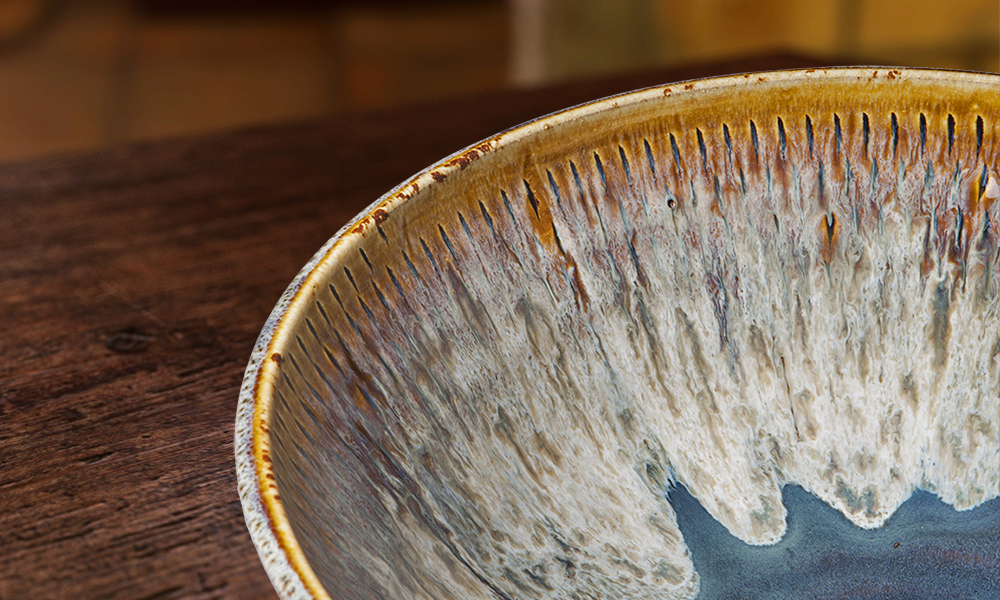Picking up the pieces: How Japanese Kintsugi can beautifully restore broken ceramics

According to Japanese philosophy, there is beauty to be found everywhere – even where things appear to be less than perfect. These principles form the notion of wabi-sabi which, after hygge and lagom, is the latest lifestyle concept to infiltrate Western interior design trends. One craft experiencing a huge surge in popularity is kintsugi, which is the art of restoring broken or damaged pottery with gold, giving it a new lease of life will acknowledging beauty in the imperfect.
Kintsugi accepts breaks and repairs as an object’s history
It’s inevitable that, even when taking the utmost care, fragile items such as ceramic bowls and vases will occasionally break. The natural reaction might be to throw away the shattered fragments of the item, or if all pieces have been salvaged it may be possible to stick the item back together again. When the latter is possible, most people try to conceal the cracks as to make the item appear undamaged.
Kintsugi does not try to conceal any damage, instead it celebrates the journey of the item, even working to highlight cracks with lacquer dusted or mixed with powdered gold. Japanese homeware specialists Sansho explain how in Japanese culture it the “makes no sense to hide the join or mend” and it is instead “celebrated as part of the life of the object”, adding value to the piece.
How does kintsugi work?
Broken ceramics and earthenware are patched back together using a sticky resin, which is then sanded or buffed down until the joint is smoothed, so you can’t feel it. The artist, or potter, then delicately paints over the crack in the gold epoxy resin, bringing a new look to the overall object. Potters and ceramicists are said to have smashed their own pots, bowls, and vases in order to use the technique, as the finished effect is so desirable.
There are even DIY kintsugi kits available online, complete with epoxy resin and powdered gold. There are three different forms of kintsugi to choose from, which offer similar finished products:
- Crack kintsugi uses the gold lacquer to attach the broken pieces together, giving off threads, or veins of gold throughout the piece.
- Piece method (makienaoshi) – if the replacement piece is unavailable, the gold lacquer is used to fill in the gaps, adding a large chunk of gold to the finished piece.
- Joint call (yobitsugi) – if the replacement piece is unavailable, a similar-shaped fragment is used, even if it doesn’t match, giving a patchwork effect.
What can be restored using kintsugi?
Kintsugi is mainly used to repair broken ceramic work, however, the chosen materials and technique is dependent on the quality of the original piece. For example, cheaper, everyday objects may be repaired with a gold coloured epoxy, rather than genuine gold dust mixed with resin. Purists of the craft believe that this method should only be reserved for valuable and antique pieces, such as ceramic work for a museum.
The craft has now spread around the world, inspiring artists as well as various forms of finishes, such as crackle glaze and gold lustre. Some artists even offer their own original kintsugi pottery online, for those who want the stunning wabi-sabi style pieces in their homes but do not want to deliberately break pottery.
The editorial unit






















Facebook
Twitter
Instagram
YouTube
RSS